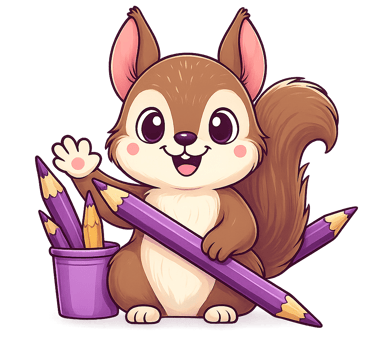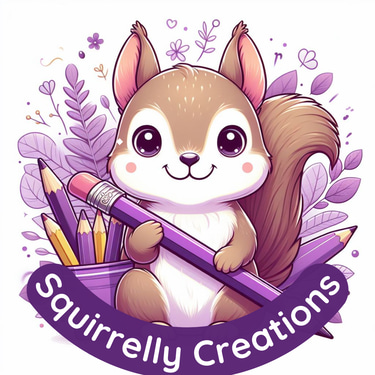3 Easy Steps to Build a Writing Routine
Build a writing routine that sticks! Use 3 simple steps to keep writing fun, fresh, and stress-free all year—plus bonus tips for any setting.
WRITING TIPSWRITING PROMPTS
6/28/20252 min read


Keeping a consistent writing routine throughout the school year can feel overwhelming—but don’t worry, you don’t need a magic spell to make it happen! With a simple, flexible framework, you can create a writing rhythm your students (and you!) will love. Whether you're teaching in a classroom or homeschooling, these three steps will help you build a sustainable plan that keeps kids writing, thinking, and growing—without the burnout.
✏️ Step 1: Establish a Weekly Writing Groove
Let’s make writing something students look forward to! Build a predictable weekly rhythm so they know what’s coming next—without needing a million reminders. Try something like:
📝 Monday – Kick things off with a fun prompt or mini-lesson
✍️ Wednesday – Draft, doodle, and journal away
🎉 Friday – Share, revise, or polish up final drafts
💡 Tip: Keep the routine consistent so students feel confident, not confused. Bonus points if Mondays always start with a fun “Roll-a-Story” or story starter card—it sets the tone and gets the creative juices flowing!
✏️ Step 2: Mix Up Writing Styles Without the Headache
Nobody wants to feel stuck in a writing rut—especially kids! Keep things fresh by rotating writing types throughout the year. Here’s an easy way to do it:
📖 Quarter 1: Personal Narratives – let them tell their own stories
🧐 Quarter 2: Informational Writing – researching made fun
💬 Quarter 3: Opinion Writing – hello, persuasive essays!
🌟 Quarter 4: Creative Writing or Poetry – time for imagination to shine
💡 Tip: When diving into narrative writing, try a “Plot Twist Spinner” instead! Create a simple spinner with categories like “unexpected visitor,” “lost item,” “strange weather,” or “secret revealed.” After students brainstorm their story setup, they give the spinner a whirl to add a twist that keeps their plot moving and creativity flowing.
✏️ Step 3: Help Students Build Independence
Confidence grows when students have the tools they need at their fingertips. Keep reusable supports handy—like graphic organizers, checklists, and sentence starters—so students can tackle writing without feeling lost.
💡 Tip: Start strong with scaffolded supports early in the year, then gradually encourage more independence as students build their skills.
📌 Example: Try setting up a “Writer’s Toolbox” station stocked with laminated reference sheets—think transition word lists, genre-specific checklists, and mini anchor charts. Students can grab what they need when they need it, like little writing superheroes reaching for their capes. Over time, they’ll rely less on you and more on their own growing toolkit of strategies.
🧠 Bonus Tips: Keep the Momentum Going All Year
🎨 Set up a writing center with fun choices like “journal entry,” “story starter,” or “informational poster.”
📢 Host a “Writing Wall” or student author share day to celebrate progress.
🔄 Keep your routine flexible—it should work for you, not stress you out!
Want to make writing easier and more fun all year long? 🛒 Check out my printable writing prompt activities on TpT—ready-to-use activities that fit right into your routine!
Let’s stay connected! 💌 Want more freebies and time-saving teacher tools? Join my email list to get exclusive seasonal printables, classroom resources, and more from Squirrelly Creations!
Squirrelly Creations Resources
Explore teaching materials and creative classroom ideas.
contact@squirrellycreations.com
© 2025. All rights reserved.


